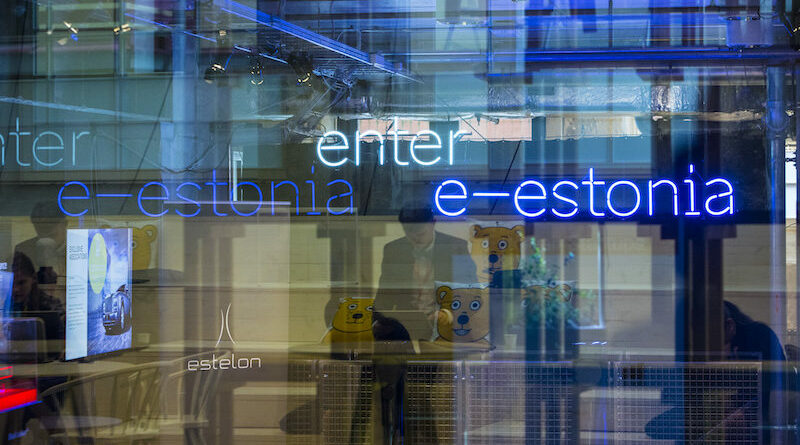
The next round of European integration hinges on our ability to do GovTech together. It will not be easy
Twenty years ago, Lawrence Lessig coined the term “Code is Law.” His thesis – that the rules and regulations that govern the digital era will largely be determined by the software and code that run it – has become reality.
Today, we see how the ability to master software is a critical determinant of whether governments succeed at their core task of providing public goods. Two decades ago, Estonia was one of the first countries in the world to digitize its public services. Online tax declarations, school lessons, medical prescriptions and even elections contributed to Estonia becoming a transparent, accountable, well-governed Nordic democracy.
Similarly, Ukraine’s digital transformation over the last few years has helped build resilience in war. Ukraine’s Diia app, used by over half the adult population, has enabled citizens to receive refugee support, even when abroad or behind enemy lines, to collect evidence of war crimes and to share real-time intelligence of Russian troop movements with military forces.
Conversely, the inability to master software leads to policy failure. High-profile policies, such as US President Barack Obama’s Affordable Care Act and UK Prime Minister David Cameron’s Universal Credit scheme, have been threatened by botched website and software rollouts.
A successful software product is more than just code. It is a design system, a user base that accepts and understands the product, and a business model for funding the whole operation. Software is not something you build once and forget. Software evolves through a process of gathering feedback, scoping new requirements, testing and deploying updates, fixing errors. The challenge is to make these products work in practice. If software is hard for individual governments, it is even more difficult as a multinational product.
Nevertheless, Estonia has been doing this for over a decade. Together with Finland and Iceland, we collaborate through NIIS (the Nordic Institute for Interoperability Solutions) to jointly develop software solutions for Government. Over 20 countries now run an open-source deployment of X-road, the government data platform originally developed in Estonia. And NIIS’ Harmony e-delivery tool is winning plaudits for being the most practical and easy-to-implement solution for deploying cross-border data exchange through the EU’s Single Digital Gateway,
Our experience points to the benefits of such collaborations. Most obvious is cost-sharing – we keep our government interopability platform up-to-date and secure for a fraction of the cost of doing it ourselves. But we have also grown a multinational base of users and developers. There are, for example, more individual contributors to the X-road community in Colombia than in Estonia, giving us access to a far wider pool of talent and ideas.
We are not alone in offering our government tech as free and open-source products. Yet the truly difficult challenge for any government is to adopt a product developed by another government, overcoming the “not-invented-here” syndrome.
Last year, Estonia and Ukraine agreed to collaborate on the development of government mobile apps. Together, we are developing an Estonian mobile government app based on Ukraine’s Diia, and Estonia is looking to learn from Ukraine’s design experience in success in achieving rapid user uptake and satisfaction. The lessons from deploying Diia in Estonia will contribute to developing a platform for user-centric mobile government that can be deployed by any government.
The EU’s Digital Decade Programme has a legal framework (and funding) to support countries in building software together (European Digital Infrastructure Consortia – EDICs). This year, the first EDICs should start their work. From our experience, we can offer three simple lessons to ensure that these EDICs are smashing govtech successes, not government software failures:
First, start small. Build successful products first, then scale. Getting 2-3 governments to align on requirements is challenging, 27 countries leads to design by committee.
Align on more than code – this is a product design challenge that cannot be delegated to software engineers. Building a multinational software product requires getting users and service owners from many countries together to test and design.
The private sector will be part of this. Building software together does not necessarily mean governments have to design, build or operate technology themselves. Far more crucial is working together on requirements and demand.
In the 20th century, governments aligned on regulation and laws. This was the success of the 20th century. In the 21st century, they will need to align on algorithms and code. Europe’s ability to build software together will be a crucial determinant of the future of the Single Market for decades to come.




